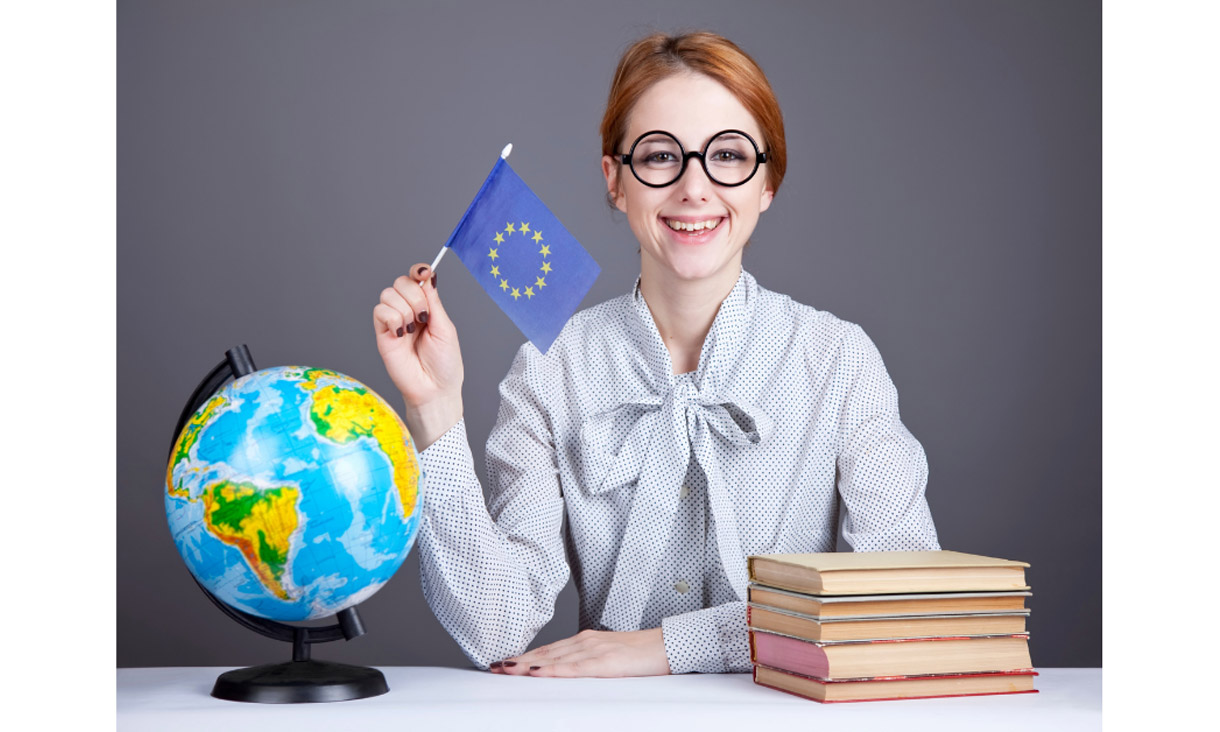The Summer School explored the question of what Brexit signifies for the EU and the challenges facing it, as well as the changing relationships in the global order. The two-day intensive also focused on the EU’s future orientation and its alliance with Australia.
Day 1 of the program explored Brexit and the rise of China. The day imparted to me the notion of the complexity involved in the Brexit fiasco, as there is so much disunity and division amongst Theresa May’s Conservative Party, not to mention just how multifaceted the Brexit deal is. Even among members of the Conservative Party, whose members backed Brexit, there is no consensus in terms of the options post-Brexit. May’s Conservative Party is split on the choices of whether or not there should be a hard Brexit, where the UK would completely be taken out of the EU (including the single market and customs union); a soft Brexit where Britain would still be closely aligned with the EU and still have access to the single market/customs union; if a second referendum should be held; or if the people of Britain really want to leave the EU. I also noted during the programme that although the pro-Brexiteers promoted Brexit as limiting immigration, many also felt it was a decision to become a more independent and autonomous Britain which would no longer abide by tariffs, regulations and immigration agreements. Many wished for Britain to determine its own policies, not yielding to an overarching entity like the EU.
Other discussions on the first day centred on the brewing military and economic tensions between the two major powers of the world: China and the US. How the EU may need to employ peacekeeping mechanisms in order to ensure its objective of promoting global peace and security was a point of discussion. Evidence of the strains in the relationships between the US and China can be seen even before the rise of Donald Trump, in Obama’s ‘pivot’ to Asia, when the US deployed 60% of its naval assets to the Pacific. More recently, Trump threatening to impose more import taxes on China if they couldn’t reach what he thought of as a ‘good’ trade deal. From the US perspective, these measures are all responses contrived to mitigate against China’s rising power as China transitions from a middle to high income country.
Day 2 of the Summer School tackled the relationship the EU had with Australia, and how viable the completion of the Free Trade Agreement (FTA) currently under negotiation would be. In my opinion, although there are challenges to confirming the deal and forming future agreements, Australia and the EU already have precedent to point to the possibility of a mutually beneficial FTA and a strong economic relationship. The EU is Australia’s second largest trading partner, third largest export destination, and the second largest services market. Accordingly, it would be fair to say that the strengthening of the link between Australia and the EU is feasible, and that finalising the current FTA under negation is achievable.
In summary, the EU Summer School sought to map out the issues facing the EU, including Brexit and the tensions between China and the US. It also provided insight into the trade relationship between Australia and the EU. As an International Studies student in particular, the programme highlighted to me the scope and complexity of the issues, and how there cannot be a simple solution applied across countries. Doing so would ignore the depth of the issues at hand, and fail to consider the wants and interests of other countries.
By Dilara Anaz, EU Centre Intern








